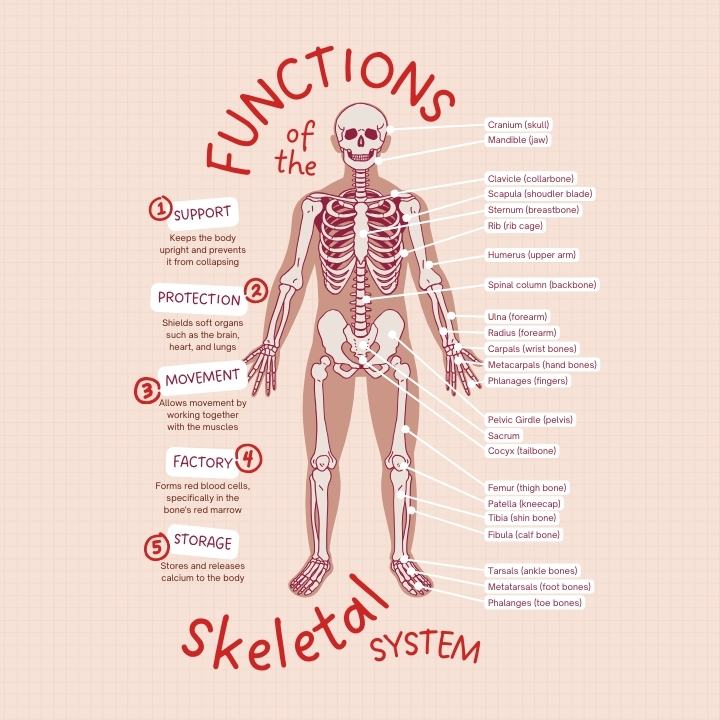In the world of fitness and bodybuilding, there is an abundance of advice and techniques that claim to be the secret to achieving the perfect physique. Among these, the squat is often hailed as the king of exercises, renowned for its ability to build lower body strength and muscle mass. However, when it comes to building bigger biceps, the squat's efficacy falls short. In this blog, we will explore a lesser-known yet highly effective exercise for bicep growth, debunking common muscle-building myths along the way.
The Limitations of Squats for Bicep Growth
Squats are a fundamental compound exercise that targets the quadriceps, hamstrings, glutes, and lower back. They are excellent for overall muscle development and functional strength, making them a staple in many fitness routines. However, squats do not directly target the biceps. While they may contribute to overall body conditioning and indirectly support upper body exercises, relying on squats alone will not yield significant bicep hypertrophy.
The Anatomy of the Biceps
Understanding the anatomy of the biceps is crucial to developing an effective training regimen. The biceps brachii, commonly referred to as the biceps, is a two-headed muscle located on the upper arm. It consists of:
- Long Head: This part of the muscle runs along the outside of the arm.
- Short Head: This part of the muscle is located on the inside of the arm.
The primary function of the biceps is to flex the elbow and rotate the forearm. To effectively build and sculpt the biceps, exercises need to specifically target these muscle fibers through a full range of motion and varying angles.
Introducing the "Zottman Curl"
One of the most effective yet underutilized exercises for bicep growth is the Zottman Curl. Named after 19th-century strongman George Zottman, this exercise combines the benefits of a traditional bicep curl and a reverse curl, engaging both the biceps and the brachioradialis (a forearm muscle) in a unique way.
How to Perform the Zottman Curl:
- Starting Position: Stand with your feet shoulder-width apart, holding a pair of dumbbells with an underhand grip (palms facing up).
- Curl: Execute a traditional bicep curl by lifting the dumbbells towards your shoulders. Focus on squeezing the biceps at the top of the movement.
- Rotate: At the peak of the curl, rotate your wrists so that your palms are facing down (pronated grip).
- Lower: Slowly lower the dumbbells back to the starting position with the pronated grip, emphasizing control and engaging the forearm muscles.
- Repeat: Rotate your wrists back to the starting position (underhand grip) and repeat the process.
Benefits of the Zottman Curl
- Enhanced Muscle Activation: The combination of the standard curl and reverse curl maximizes muscle fiber recruitment in the biceps and forearms, leading to greater muscle growth.
- Improved Grip Strength: The reverse portion of the curl places additional stress on the forearm muscles, enhancing grip strength and overall arm functionality.
- Balanced Development: The Zottman Curl addresses both the long and short heads of the biceps, promoting balanced muscle development and reducing the risk of imbalances and injuries.
Integrating the Zottman Curl into Your Routine
For optimal bicep growth, it is essential to integrate the Zottman Curl into a well-rounded arm training regimen. Here are some tips to get the most out of this exercise:
- Frequency: Perform the Zottman Curl 2-3 times per week, allowing for adequate rest and recovery between sessions.
- Sets and Reps: Aim for 3-4 sets of 8-12 repetitions, focusing on form and muscle contraction.
- Progressive Overload: Gradually increase the weight used in the exercise to continue challenging the muscles and stimulating growth.
- Complementary Exercises: Incorporate other bicep exercises such as hammer curls, concentration curls, and chin-ups to ensure comprehensive muscle development.
Debunking Common Muscle-Building Myths
- Myth: Heavy Weights are the Only Way to Build Muscle
- Fact: While lifting heavy weights is important for muscle growth, incorporating a variety of weights and rep ranges can also stimulate muscle hypertrophy. Exercises like the Zottman Curl can be effective even with moderate weights due to their unique movement pattern.
- Myth: You Need to Train Every Day for Big Biceps
- Fact: Muscles grow during rest periods, not just during workouts. Overtraining can lead to fatigue and hinder progress. Ensure you have rest days and adequate sleep to allow for muscle recovery and growth.
- Myth: Supplements are Necessary for Muscle Growth
- Fact: While supplements can support muscle growth, they are not a substitute for a balanced diet and consistent training. Focus on consuming a diet rich in protein, healthy fats, and carbohydrates to fuel your workouts and recovery.
Conclusion
Building bigger biceps requires targeted exercises that engage the muscle fibers effectively. While squats are a valuable exercise for overall strength, they are not the key to bicep growth. The Zottman Curl, with its unique combination of curling and rotation, provides an excellent alternative for those seeking to enhance their arm development. By understanding the anatomy of the biceps and integrating the Zottman Curl into a well-rounded routine, you can achieve the balanced, strong arms you desire. Remember, consistency, proper form, and recovery are essential components of any successful fitness journey. Embrace the process, challenge your muscles, and watch your biceps grow.




Receive the Blog via Email Daily
Please fill out the form below and we’ll get back to you within 24 hours.




















